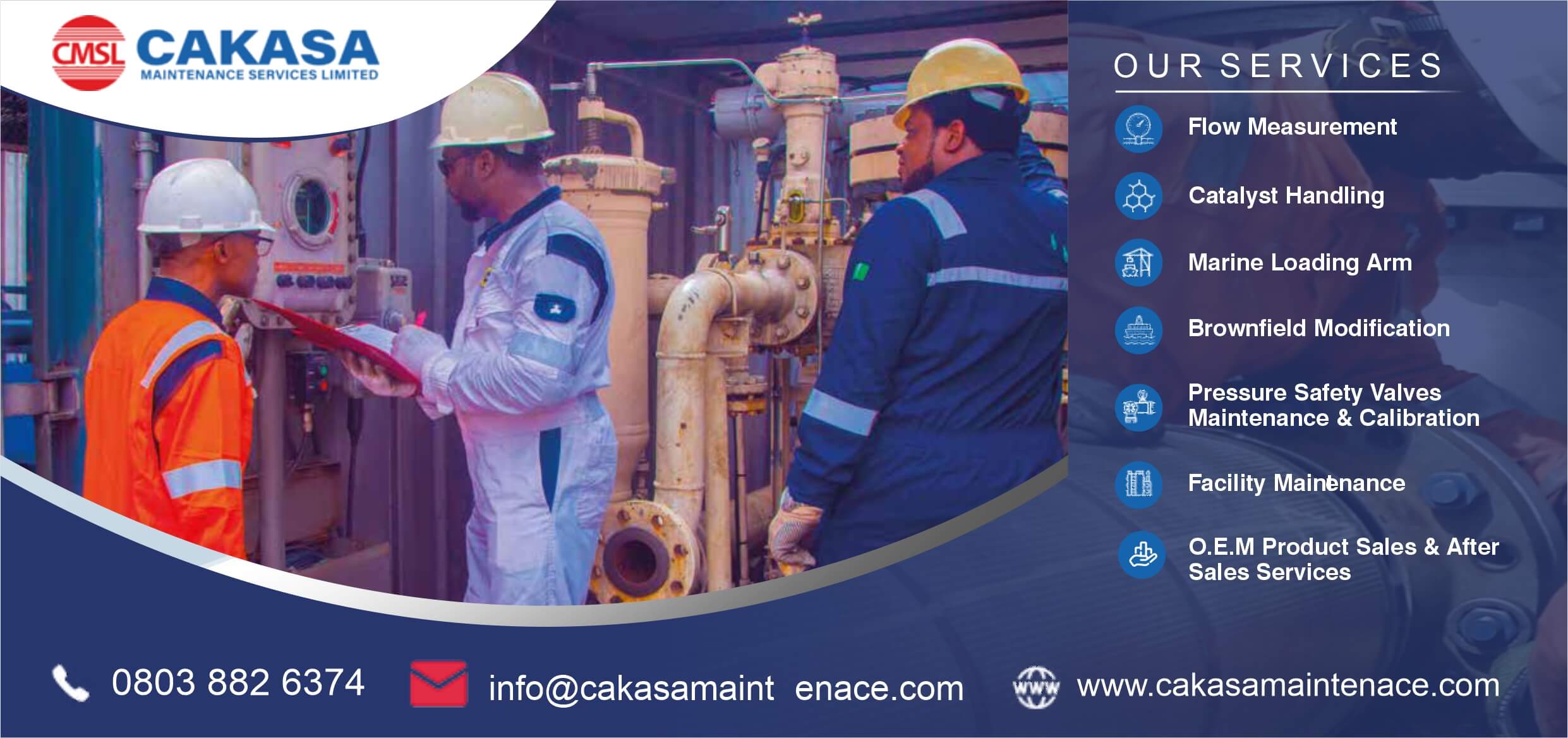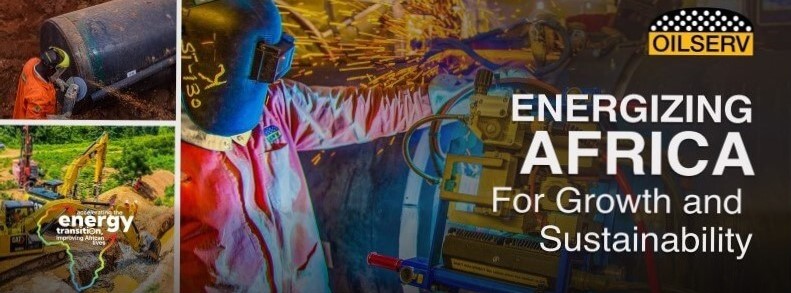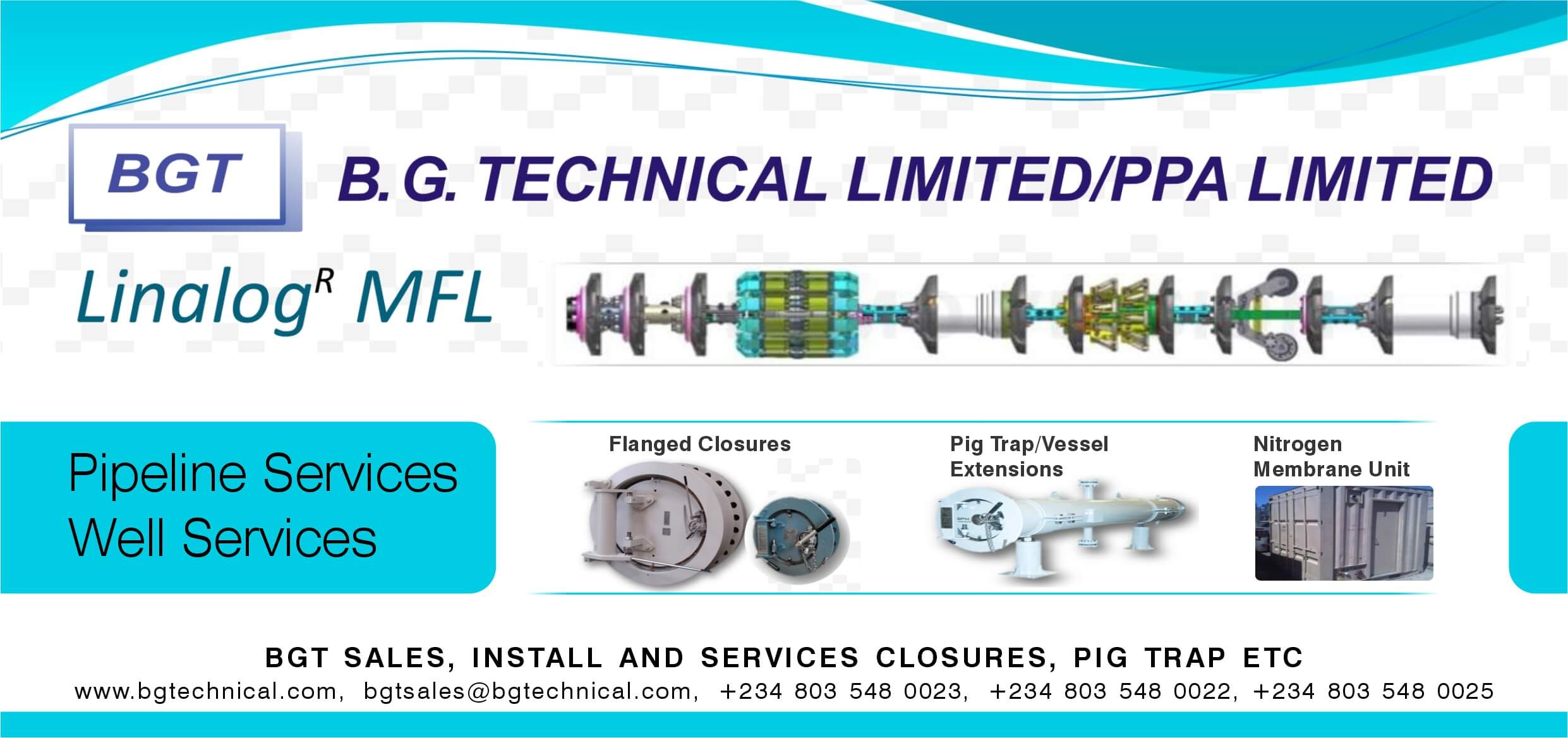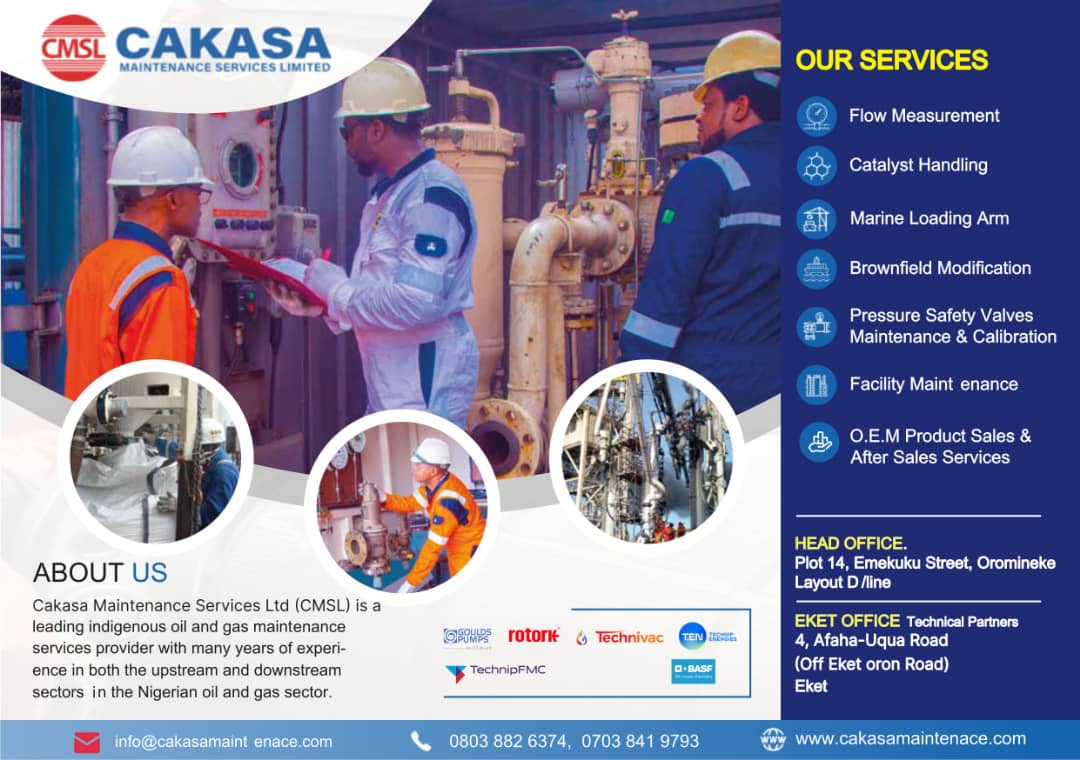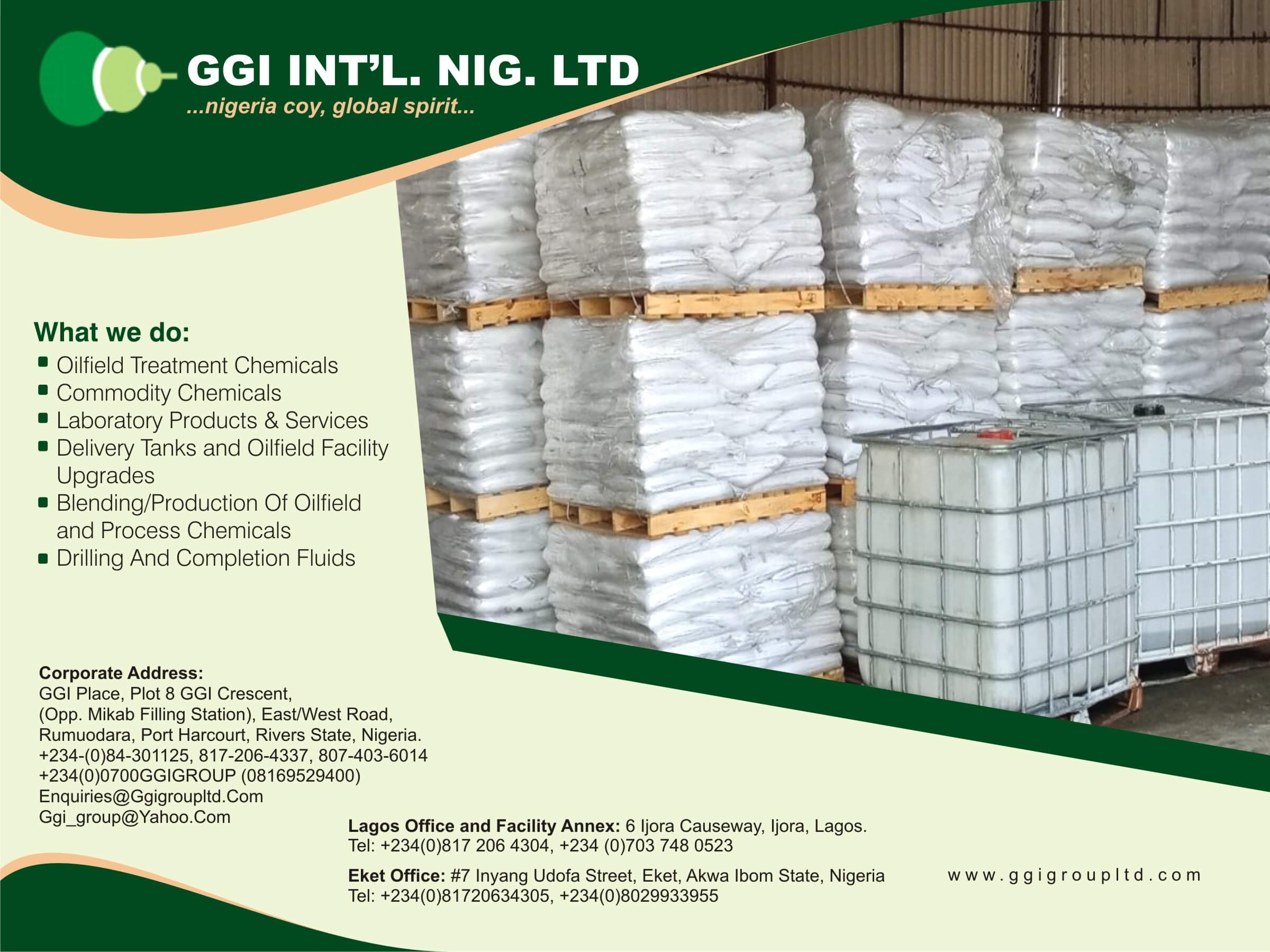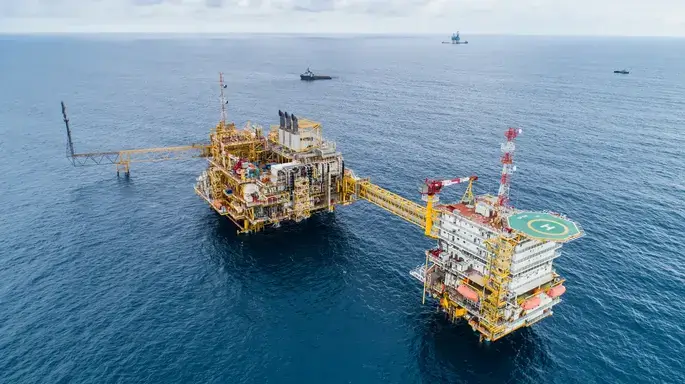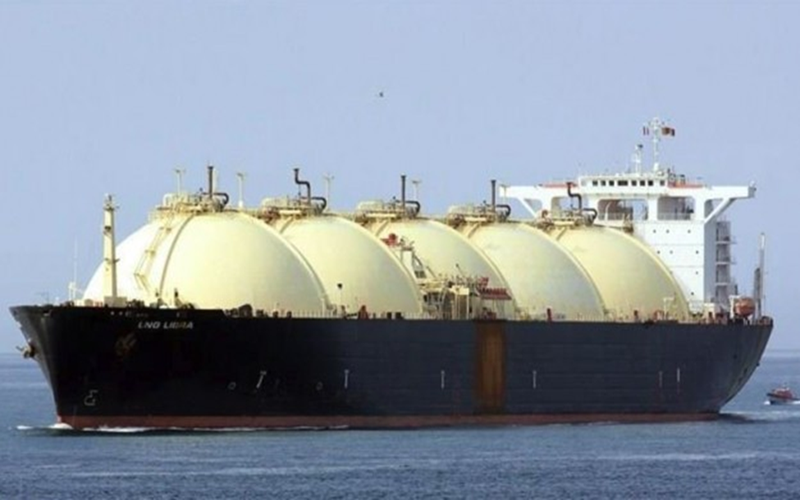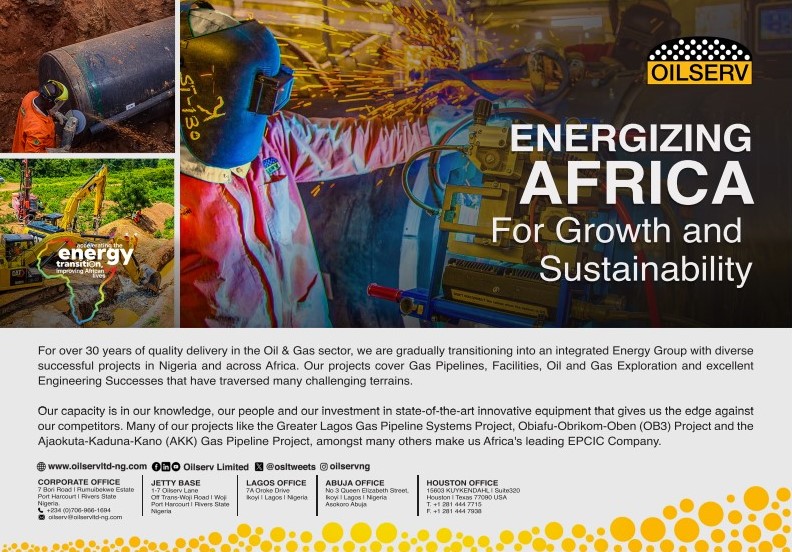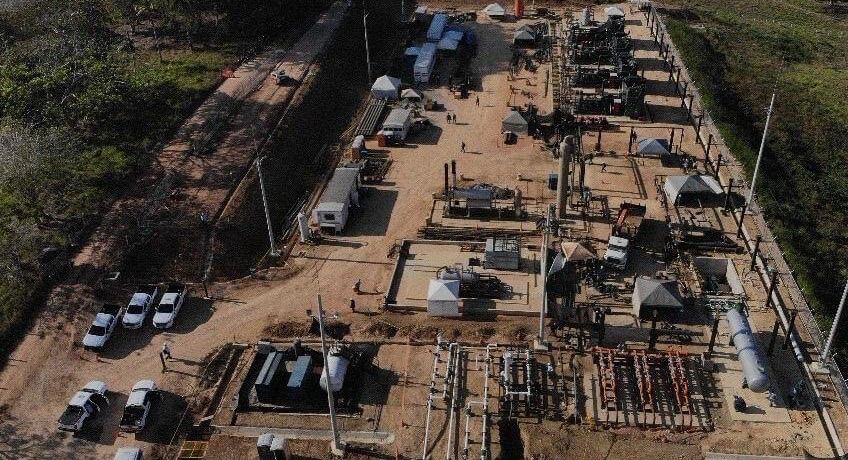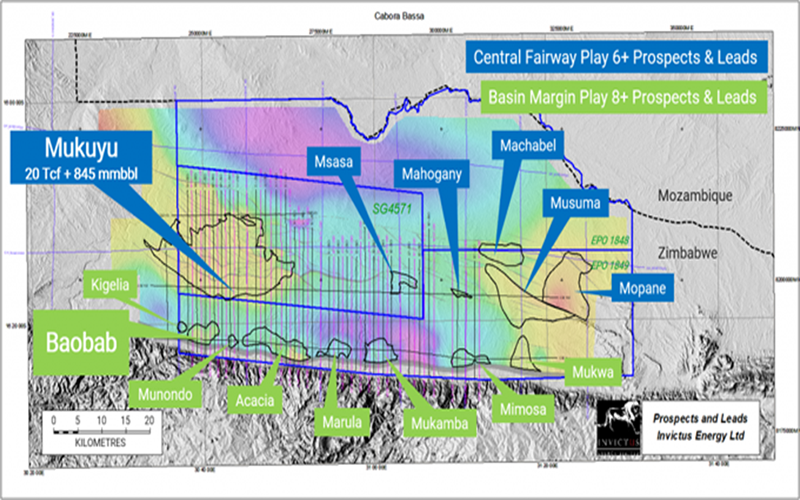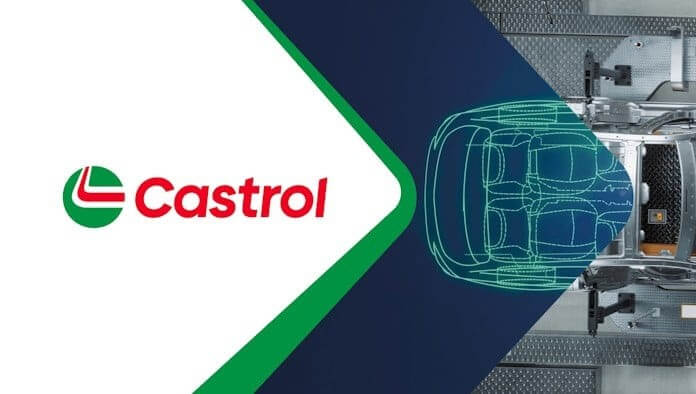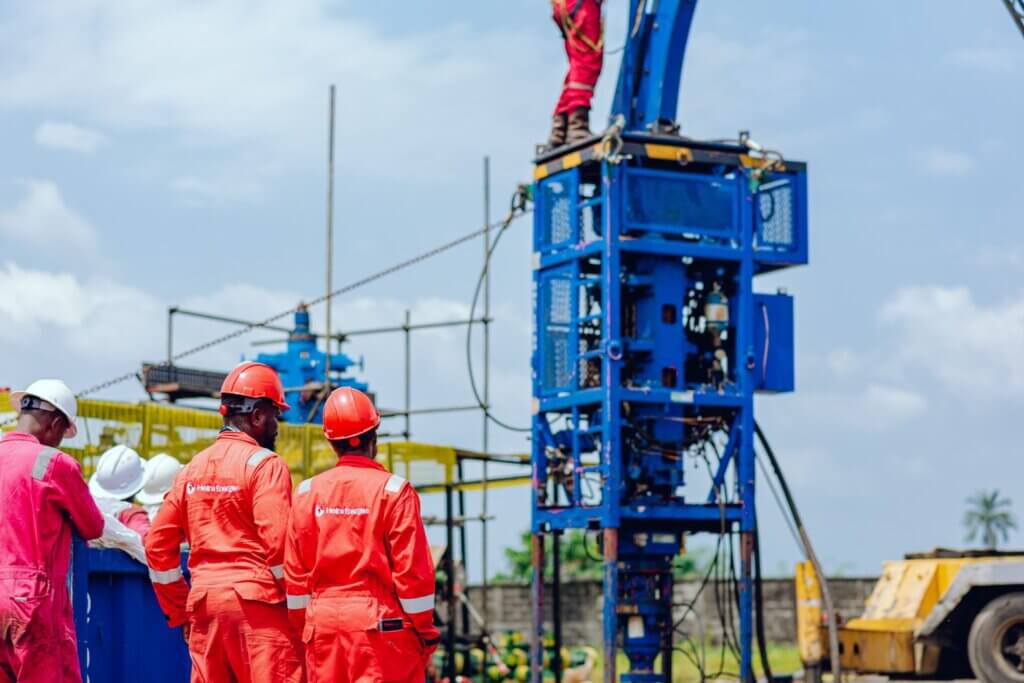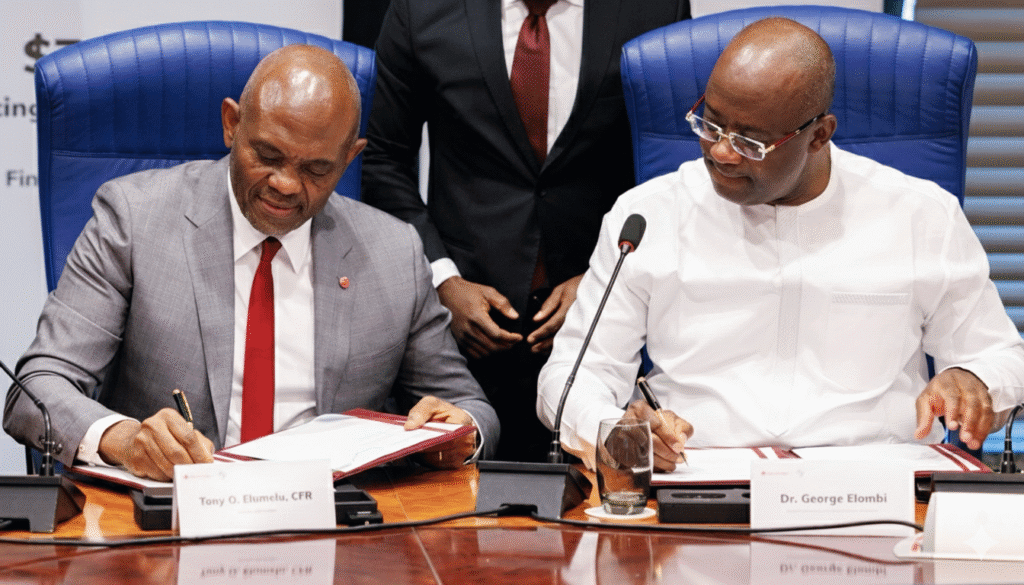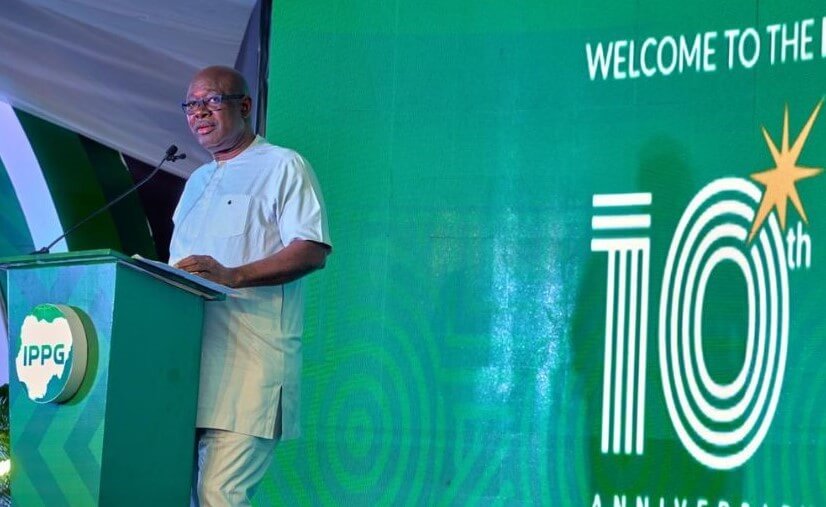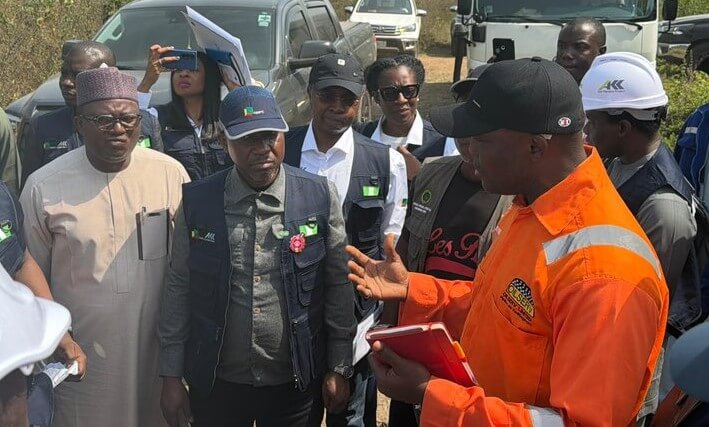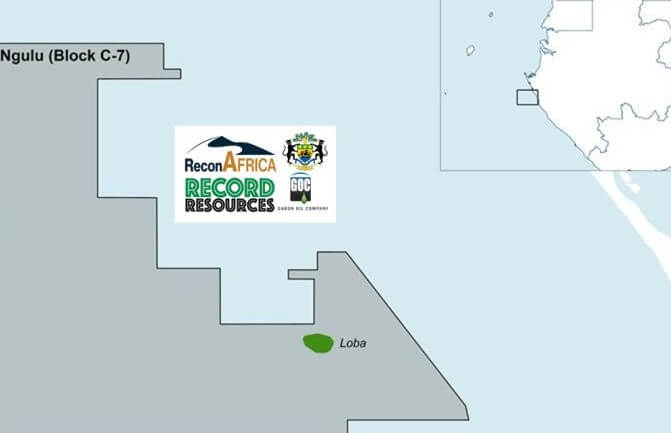
Equinor and Halten East partners Vår Energi, Spirit Energy and Petoro have decided to invest about NOK 9 billion in the development of the area neighbouring to the Åsgard field in the Norwegian Sea.
The area consists of six gas and condensate discoveries and option on another three prospects. The partnership today submits the plan for development and operation to the Ministry of Petroleum and Energy.
“Gas is an important energy carrier for Europe. Halten East utilises the existing gas infrastructure on the Norwegian continental shelf (NCS) and will add important volumes that will generate substantial value. The project is a good example of how Equinor works with partners and government authorities across production licences to find smart solutions for optimal resource exploitation from the NCS,” says Geir Tungesvik, Equinor’s executive vice president, Projects, Drilling & Procurement.
Halten East is a collective name for several small-size discoveries and prospects. Finding economically viable development alternatives for each individual project was difficult. In 2020 the licensees in the four licences therefore agreed to develop the area as a unit.
Recoverable reserves in Halten East are estimated at almost 16 million Sm3 of oil equivalent, or around 100 million barrels of oil equivalent, 60 percent of which is gas piped via Kårstø to Europe.
“Halten East is a subsea development consisting of five subsea templates that will be tied back to the existing infrastructure on the Åsgard field, ensuring good resource exploitation and high value creation, low development costs, and low CO2 emissions,” says Randi Elisabet Hugdahl, vice president, Åsgard operations.
The project is planned to be executed in two phases. In the first phase of the development, six wells will be drilled in the period 2024-2025, whereas phase two is planned to be developed in 2029.Production start from the two first wells is scheduled for 2025. Subsequently, the wells will be put on stream as they are completed.
Social spin-off effects in Norway
According to a spin-off study by Bodø Science Park the national employment effects in the development phase of Halten East are estimated at slightly more than 3000 person-years of employment per year over five years in the period 2022-2029.
More than 90 percent of the Halten East investments go to suppliers resident in Norway.
Contracts at a combined value of almost NOK 7 billion will be awarded.
Contracts and letter of intent
- Technip FMC: AContract for the installation of pipelines and subsea structures – value NOK 1.3-1.5 billion
- Aker Solutions: Subsea production system contract – value NOK 1.3-1.5 billion
- Aker Solutions: Letter of intent for an umbilical – value NOK 300-400 million
In addition, contracts have been awarded for drilling, drilling services, specialist services and modifications to the Åsgard B platform module at an estimated value of NOK 3.6 billion.
The contracts are subject to government approval of the plan for development and operation.
Partners: Equinor Energy AS (57.70% – operator), Petoro AS (5.90%), Vår Energi AS (24.60%) and Spirit Energy AS (11,80 %).
Tom Elseth (left) (Equinor), Arild Stavnem (Petoro), Gunn Gadeholt (Spirit Energy), Geir Tungesvik (Equinor), Terje Aasland (Minister of Petroleum and Energy) and Ørjan Jentoft (Vår Energi)
Halten East
- Halten East consists of the Gamma, Harepus, Flyndretind, Nona, Sigrid and Natalia discoveries.
- Halten East is a subsea development tied back to the Åsgard facilities and includes the installation of three subsea templates in the south, and two subsea templates in the north.
- A total of up to ten wells are planned to be drilled.
- The southern structures will be tied in to a 49-kilometre pipeline from Mikkel South to Åsgard subsea compressor manifold station (SCMS)
- The northern structure will be tied in to a 22-kilometre pipeline from Natalia to SCMS.
- Gas and oil/condensate are sent to Åsgard B for processing, and oil and condensate are stored in Åsgard C for export by tankers.
- Produced gas is sent through the Åsgard Transport gas pipeline to Kårstø, and from there to Europe.
The Åsgard field
- The Åsgard facilities are located some 200 kilometres offshore mid-Norway, and 50 kilometres south of the Heidrun field.
- The field consists of the Midgard, Smørbukk and Smørbukk South deposits. In addition, the gas field Mikkel and the oil fields Morvin and Trestakk have been tied back to the Åsgard infrastructure.
- The field development concept includes a production vessel, Åsgard A, a semi-submersible installation, Åsgard B, and a storage vessel, Åsgard C. Åsgard has been producing oil since May 1999, and gas since October 2000.












